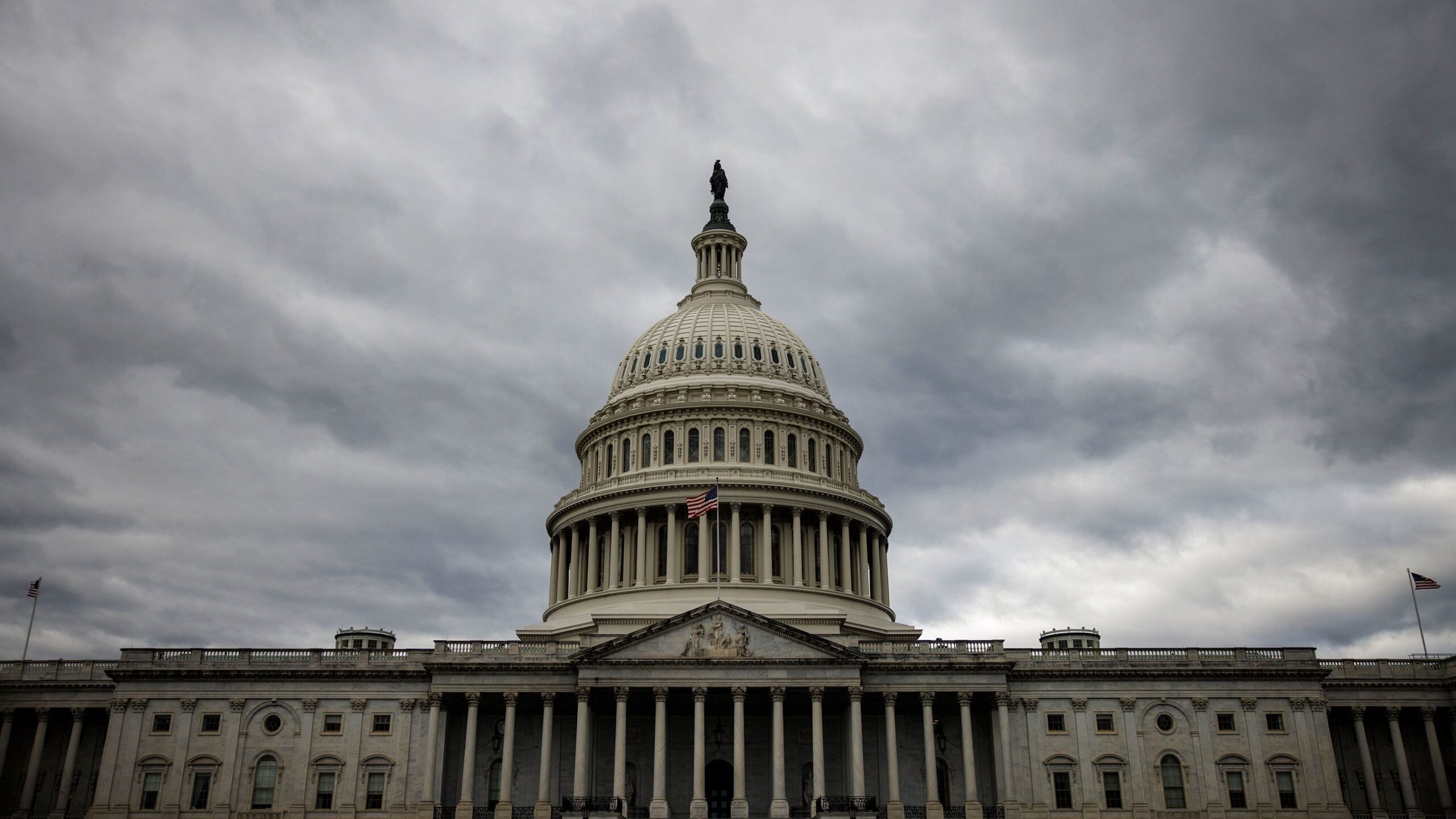While the presidential election may be the headline act, the 2024 race for the US House of Representatives is shaping up to be the most thrilling political spectacle. The presidential contest seems destined for a rematch that many Americans are not eagerly anticipating. The control of the US Senate will likely hinge on whether Democrats in red states can defy the partisan leanings of their states and maintain their party’s majority.
Republicans are on the cusp of controlling the Senate, needing to flip just one or two seats, depending on the White House’s occupant. They are already set to gain the seat of retiring Democratic Sen. Joe Manchin in deep-red West Virginia. However, the real drama lies in the House, where the Republicans’ dwindling majority has highlighted the significance of the balance of power in Washington.
House Republicans currently hold 219 seats to Democrats’ 212, with four seats vacant. The recent chaos in Congress, from last year’s speakership turmoil to stalled border and foreign aid packages, has underscored the challenges of governing with a slim majority. Democrats need a net gain of five seats to win control of the House, a number that could drop to four if they secure George Santos’ vacant New York seat in Tuesday’s special election.
The Epicenter of the 2024 House Campaign: New York and California
New York and California will be the focal points of the 2024 House campaign. Both states collectively host the largest concentration of GOP lawmakers in districts that President Joe Biden would have won in 2020. These so-called crossover districts, held by the opposite party from the presidential nominee who last won the district, are the low hanging fruit for both sides.
Both parties agree that this year’s House battlefield is relatively small, with only a fraction of the nation’s 435 districts likely to see competitive races. This is partly due to the era of increasingly nationalized politics and some gerrymandered districts, which have reduced the number of crossover districts.
The Importance of Primaries and Redistricting
Primaries can be crucial in determining the strongest general election candidates. However, candidates favored by the party base aren’t always best positioned to pivot to the general electorate in the fall. Redistricting, a significant factor in the 2022 elections following the 2020 census, continues to play a role in this year’s election due to legal challenges resulting in new maps.
The Uncertainty of the Presidential Race
The uncertainty of the presidential contest looms large over all these races. Both parties argue that presidential-year turnout will benefit their congressional candidates, but a White House race also makes it harder for those candidates to distinguish themselves from unpopular party standard-bearers.
Regardless of the White House matchup, Republicans believe they found a winning strategy in these blue states in 2022, when they ran against state Democratic leaders, especially on crime. Democrats, on the other hand, are optimistic that abortion rights will help their candidates, an issue that has motivated voters in recent off-year elections and ballot initiatives, even in red states.

